3 Natural Gels for Hair and Skin
Feeling frustrated with commercial gels that leave residue on your skin and dry your hair out? You are not alone. I have never been a fan of commercial gels, especially on my kinky natural hair. Using a commercial gel means having to deal with dry matted hair a few hours later.
To make matters worse, there have been talks about popular eco styler gel containing carcinogenic ingredients. Another reason to go with homemade natural hair gels is that they are more affordable, and you can tweak them to suit your needs.
This blog post doesn’t list all the amazing natural gels available.
Instead, it explains the benefits and shows you how to make three of the most popular gels. These gels are versatile, easy and simple to make and can be used on skin and hair.
- Jump to any section!
Aloe vera gel
Aloe vera is a wonderfully green plant. It’s been used for more than 3000 years for medicinal purposes. Recently, the aloe vera superfood has become even more popular in the natural health world.
It’s most often used to treat skin conditions like eczema and psoriasis. This powerful superfood is not only high in antioxidants but contains lots of other natural vitamins and minerals.
How to use Aloe vera gel
The inner part of the aloe vera leaf is what produces the gel. The latex can be removed by inserting the freshly cut leaf into a bowl of water for 15 minutes and then rinsing the leaf off.
How to use Aloe vera as a natural hair gel
Use pure aloe vera gel as a natural hair gel. It is a good moisturizer for the hair and follow up with butter or cream to seal the moisture.
As a deep conditioner, you can use Aloe vera gel to strengthen your hair and reduce breakage and hair fall.
Use aloe vera gel as a shaving gel. Unlike chemical creams, It can be used in sensitive areas like the underarms and bikini region without giving you bumps.
How to use Aloe vera gel on the skin
Apply a layer of aloe vera gel directly to dry skin and patches, and watch your skin immediately become hydrated. Don’t worry about the skin becoming greasy; Aloe vera gel will sink into your skin to immediately provide deep hydration.
If you want to ditch chemical exfoliants, try slathering some aloe vera gel and fine sugar all over your body for a natural exfoliating option.
Apply pure aloe vera gel twice a day to soothe inflammation. It’s also thought that aloe vera may not only reduce inflammation but might be antimicrobial, which in turn might prevent infections.
Benefits of Aloe vera as a natural hair gel
If you have never used Aloe vera as a natural hair gel on your hair, then try it out now! It conditions the hair, making it easier to detangle and style
Aloe vera gel also reduces dandruff. Applying aloe vera gel to the scalp keeps the scalp hydrated and prevents dandruff.
Aloe vera contains vitamins C, E, B-12, folic acid, and choline content that may help nourish and strengthen hair.
Benefits of Aloe vera gel for skin
Dry skin? Aloe vera is one of the best remedies. Pairing the moisturising aloe vera with other nourishing ingredients can temper dry skin and enhance its health and radiance.
Aloe vera is a gentle cleanser that gets rid of impurities, and this means that it can shield the skin from acne-causing bacteria and other infections.
Aloe Vera is an antioxidant that reduces inflammation because it fights and prevents oxidative damage.
The drawback of Aloe vera gel
When aloe vera gel is applied to the skin or hair, it is generally safe. However, be sure to do a patch test to ensure that you are not allergic to the gel.
Also, make sure to extract the latex before processing the gel.
Flaxseed gel
Flaxseeds are the golden yellow to reddish-brown seeds of the flax plant. They are really tiny and feel smooth to touch. Yes! I have run my hands through my flaxseeds more than once, so I know.
If you are on a healthy eating/ weight loss journey, you must have heard of flaxseeds. They are full of fibre to keep you feeling full for longer, reduce constipation and may actually help fight and prevent hormonal cancers.
How to use Flaxseed gel
While you can use ground flaxseeds to make an exfoliating body scrub, today, we would be talking about the gel. Flaxseeds produce a thick gel when they come in contact with water. How can you use this gel, you ask? Let’s dig into it.
How to use Flaxseed gel on the hair
If you have curly kinky hair, then you have to use flaxseed gel as a leave-in conditioner. It defines your curls and keeps the hair super moisturized for longer.
Use flaxseed gel as a natural hair gel mask or deep conditioner. Apply flaxseed gel to clean damp hair and follow up with an oil or butter, cover the hair for 30 minutes and then lightly rinse with water
If you thought that was all, well, I saved the best for last. Applying the gel to the scalp can prevent dandruff, promote hair growth and reduce scalp itchiness.
How to use Flaxseed gel on the skin
Apply cool flaxseed gel on the skin immediately after a bath to lock in the moisture and further hydrate the skin. You can follow up with a body cream, oil or butter.
Just like other natural gels, flaxseed gel can soothe and calm inflammation. Applying cool flaxseed gel on sunburned skin can reduce redness and speed up healing.
Another use of flaxseed gel on the skin that is common to other natural gels is reducing acne. It does this by balancing the hormones that cause acne.
Benefits of flaxseedas a natural hair gel
If you have damaged brittle hair, try flaxseed gel. This gel has lots of Vitamin E that can strengthen the hair and reduce breakage.
There are some claims that flaxseed gel promotes hair growth. This makes sense since the gel contains lots of vitamin B, magnesium and other vitamins and minerals.
Flaxseed can also give you defined curls when used as a styling gel. As a bonus, using flaxseed gel means less frizz too.
Benefits of flaxseed gel for skin
The omega 3 fatty acids in flaxseed make the gel very moisturizing. In fact, flax seeds are the highest plant-based source of omega 3 fatty acids.
As you have probably guessed, flaxseeds have antioxidants and lignans. This gives flaxseed its anti-ageing properties.
Flaxseed gel can also reduce boils and rashes. Whether you consume the seeds internally, use flaxseed as a scrub or apply the gel, you can reap this benefit.
The drawback of flaxseed gel
I have been using flaxseed gel for years, and the only drawback I know of is that it takes quite a while to prepare. Also, since the seeds are so tiny and slippery, they can mess up your kitchen and get into the table, and shelf corners you didn’t even know existed until it was time to clean up.
Xanthan gum gel
Xanthan gum gel is probably one of the least famous natural gels. The truth is that you have probably been using a lot more than you realize. It is used in shampoos, conditioners, hand sanitisers and even food items. Yes! Every natural gel mentioned in this blog post is 100% edible, depending on the grade and preparation process.
Xanthan gum gel is made from powder obtained via a fermentation process utilizing the bacterium Xanthomonas campestris, which can be obtained from various plant-based sources.
How to use xanthan gum gel
Like other natural gels, xanthan gum gel is pretty versatile and can be used on skin and hair. Before use, you will have to make the gel by putting some of the powder into water and allowing the powder to hydrate for at least 2 hours.
A little confession, I am not sure the process is called hydration. So, if you know the right word, please share it with me in the comment section. I would really appreciate your help.
How to use xanthan gum gel on the hair
At this point, you already know that natural gels are excellent conditioners, xanthan gum gel is no exception to this. You can use it as a daily leave-in conditioner
Xanthan gum gel can have a thick consistency if you play with the water to powder ratio. This makes it an excellent styling gel for long-lasting hold.
If you want to ditch the edge control gel that has affected your hairline, try xanthan gum gel as a good alternative. Play around with the water to powder ratio to get the best consistency.
How to use xanthan gum gel on the skin
Like all natural gels, xanthan gum gel can be used as a body moisturizer. It’s non-greasy and especially ideal for those with oily skin.
Xanthan gum gel can also be used as a face tightening mask. I have used it once, and when I tell you my face was felt like a baby’s skin after rinsing, I mean it.
Like all the other natural gels I have discussed in this blog post, you can also use xanthan gum to soothe sunburn and reduce inflammation.
Benefits of xanthan gum as a natural hair gel
Like Aloe vera and flaxseed gel, this gel can hydrate and moisturize the hair since it is 90% water. Say bye-bye to dry, frizzy and matted hair!
Xanthan gum gel can also define your curls, and if you make a thicker gel, it works even better than flaxseed gel.
Last but not least, the polysaccharides in xanthan gum gel also lock in moisture when used on dry hair, so your hair stays conditioned and soft.
Benefits of xanthan gum gel for skin
Xanthan gum improves the texture of homemade beauty products. When used as a thickener, even a little bit can dramatically increase the viscosity of lotions and creams.
When used in skincare products, the polysaccharides in xanthan gum lock in moisture and provide intense hydration for the skin.
As you have already probably guessed, Xanthan gum gel can reduce acne. Using the cool gel as a moisturizer means that your face stays moisturized without adding oils and butter.
The drawback of Xanthan gum gel
While highlighting the different ways you can use xanthan gum gel, I talked about tweaking the concentration. While if you go overboard with this, you will end up with flaky hair.
The gel also has this weird smell. You must have guessed that one when I told you it is made through fermentation. If you have a problem with this, make the xanthan gum gel with scented water, which should mask the smell. Lavender and rose water are good options.
How to make natural hair gel
Prep Time3 hrs
Equipment
- Knife
- Bowl
Materials
- 2 leaves Aloe vera
- 20 grams flaxseed
- 3 grams Xanthan gum powder
InstructionsFor Aloe vera gel
- Wash leaf to extract latex
- Slice the spikes off on leaves
- Open leaf on flat side
- Gently scrape the gel
For Flaxseed gel
- Add water to seed
- Boil on low flame for 5 minutes
- Allow to cool and then strain
Xanthan gum gel
- Add powder to bowl of water
- Stir and leave to hydrate for at least 2 hours
Video
How to preserve natural gels
This part is essential because how does a natural gel stay natural if you add preservatives? Well, not to worry!
There’s more than one way to preserve your homemade natural gel. You can refrigerate for no more than 5 days and regularly check to ensure there’s no foul odour from the gel before you use it.
The safest way is to freeze up in ice cube trays or soap moulds and thaw before you use. You can freeze the natural gel for months without any preservative as long as it stays frozen in the freezer.
Conclusion
That was a long read! Whew! I hope you enjoyed reading it as much as I enjoyed writing it.
Here’s what you can take away from this post.
All these natural gels have similar benefits when it comes to skin and hair. Choosing which one to use depends on availability, cost and preparation time.
If you are like me, and you cannot grow healthy aloe vera plants! You can stick to flaxseed and xanthan gum gel. However, flaxseeds can be really expensive sometimes, so if you want to save some money, you can fall back to xanthan gum gel.
P.S You can still add your flaxseeds to your smoothies after making the gel.
P.P.S If you have any idea how I can grow healthy aloe vera plants, please share with me in the comment section below.
Till next time, stay radiant.
Enjoyed the project?
The author may collect a small share of sales from the links on this page.

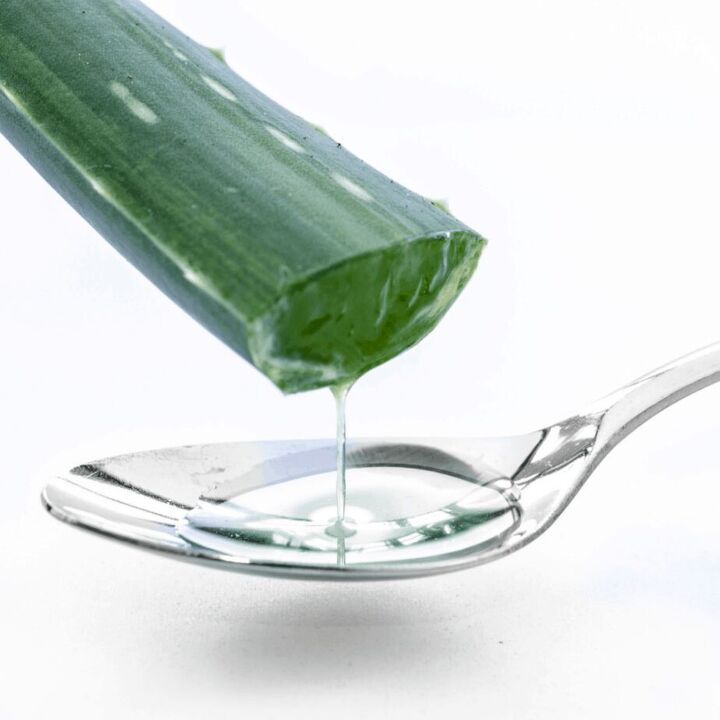




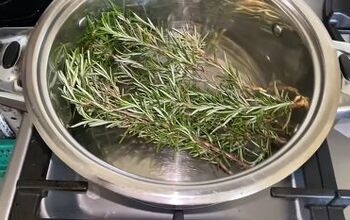




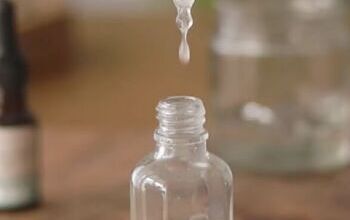
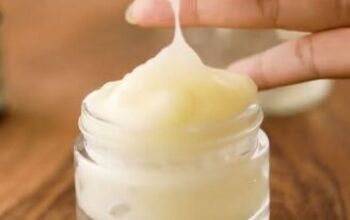
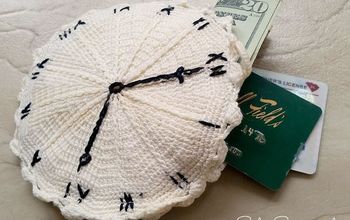

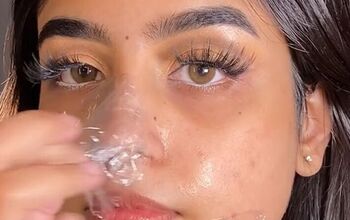

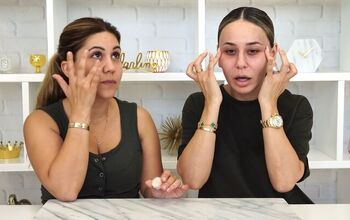



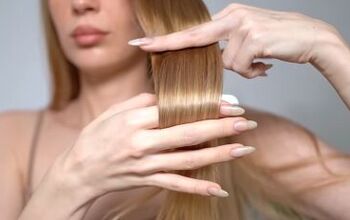
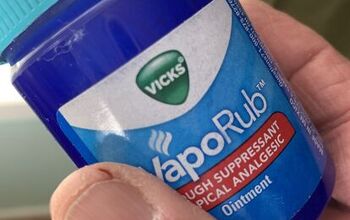
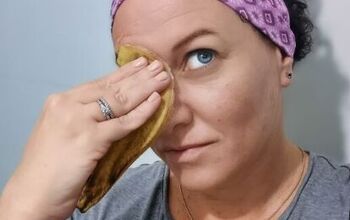
Comments
Join the conversation
You said oil and butter. Is that table oil and butter or did you mean something else?
circle.of.foxes@gmail.com
Melle B.
Hi Melle
Not table oil and butter. You have to use a natural body oil like Sweet almond oil, jojoba oil, rosehip oil, olive oil l, coconut oil etc. As for butter, you can use shea butter, mango butter, kokum butter